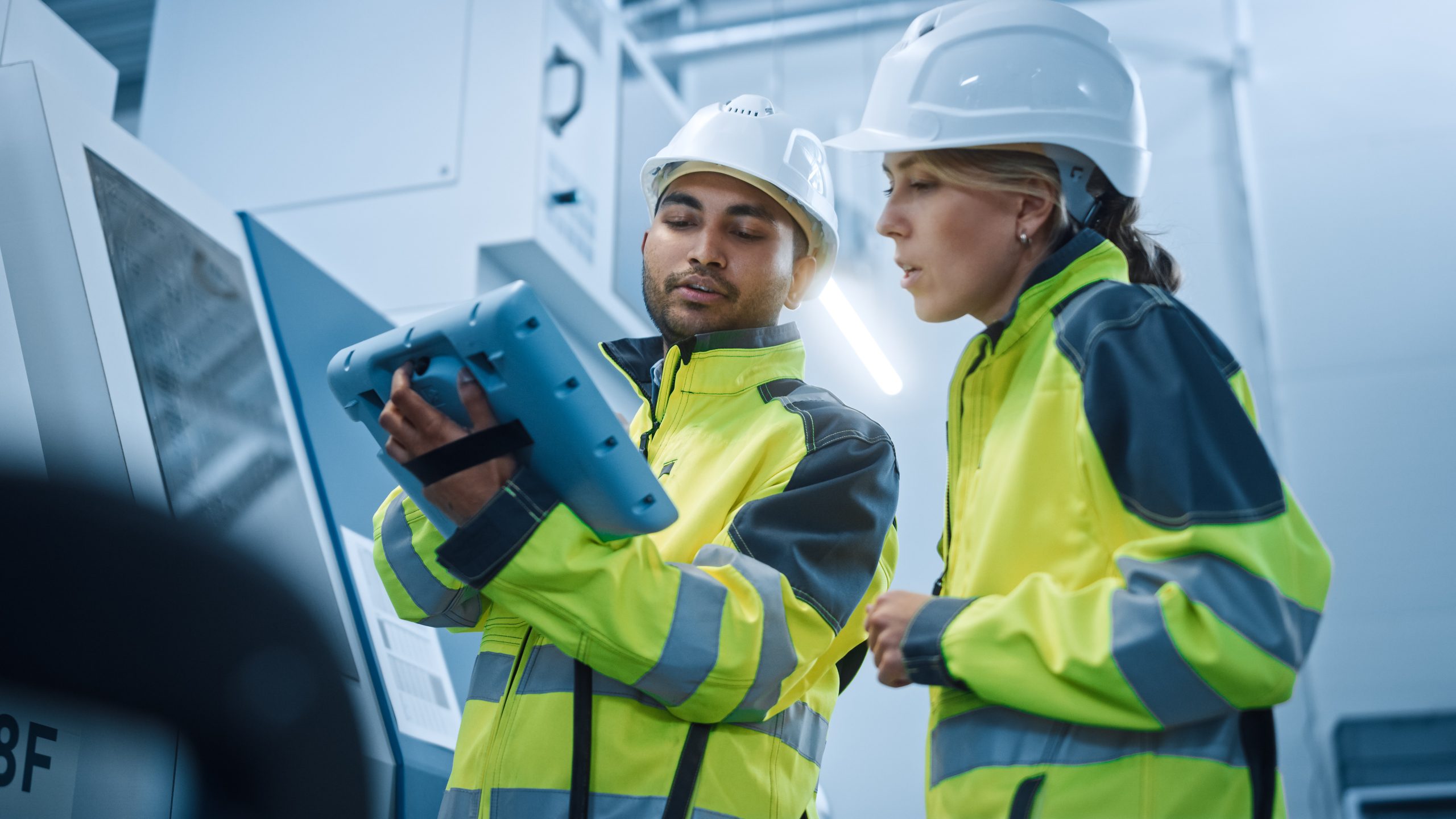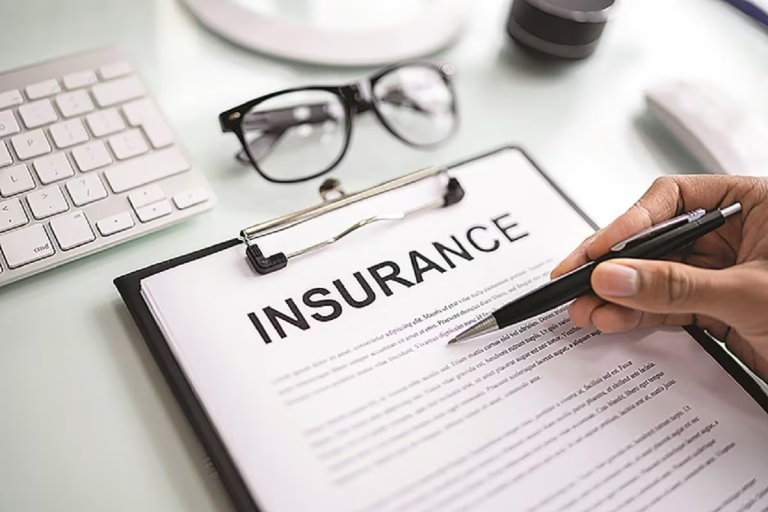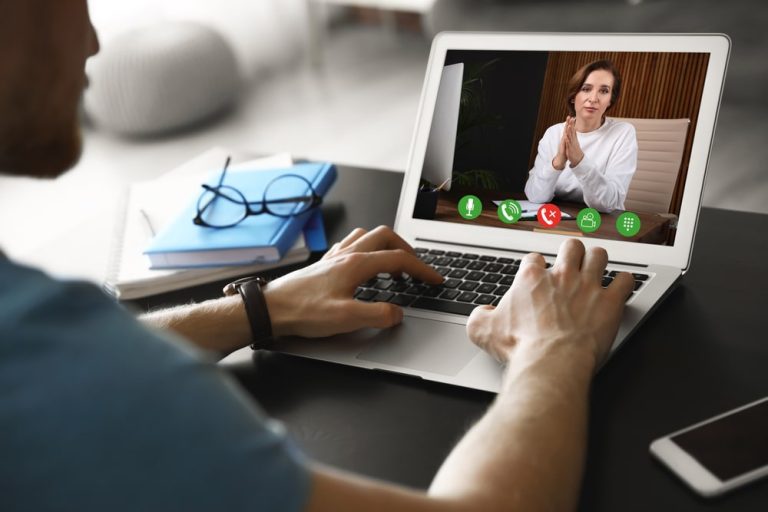Jason Wible Frenchcreek Highlights Top Workplace Safety Technology Trends

The impact of technology on everyday life over the last couple of decades has been quite staggering. Technological innovations have introduced a range of tools to make everyday tasks a lot easier. Industry experts like Jason Wible Frenchcreek underline that many of these advancements are being applied to the workplace as well. Today a variety of tech-enabled tools and devices are used to improve workplace safety and employee well-being.
Jason Wible Frenchcreek mentions a few popular workplace safety technologies
It is an exciting time to be in the safety industry, as brand new technologies are steadily making an impressive impact in the field. Moreover, by the rapid pace at which new ideas are brought to the market, the options for workplace safety technologies are likely to expand to a good degree in the not-too-distant future. Here are some of the top workplace safety technologies popularly used today:
- Exoskeletons: This mechanical device is worn by people to help increase their strength or to prevent injuries from certain repetitive tasks like lifting heavy items. Occupational exoskeletons are particularly designed to prevent back and shoulder strain injuries. They generally provide support to the workers in settings when traditional ergonomic controls are not viable. Exoskeletons can be useful in reducing worker strain, fatigue, injury, while improving overall productivity.
- Location tracking devices: These devices are worn by employees to help track their location, so that they can easily ask for assistance whenever needed. They are ideally meant to enhance lone worker safety, especially if they are working in a remote environment or an industrial setting. Location tracking can essentially guide emergency responders, such as firefighters and hazardous materials teams, quickly to the scene. This technology might be provided in the form of an actual device, as an app for existing mobile users, or as a combination of both.
- Vital Sign Monitors: Wearable sensors that have the capability of monitoring vital signs in dangerous or strenuous settings can help prevent or mitigate serious injuries. Access to blood oxygen saturation levels, blood pressure and heart rate can aid in identifying the dangerous situation and facilitate early medical response before the situation worsens.
- Drones: Drones allow for site inspections without risking the safety of any personnel. They may even detect hazards that are hidden from sight. Drones are quite useful when one has to confirm a suspected danger or hazard, while surveying a new project site, as well as if a dangerous incident has recently occurred. Today it is even possible to program flight paths and then have drones carry out automatic inspections. Examples of the use of drones include inspecting bridge girders and supports in hard to reach areas. They are also commonly used to survey inside of locations that might not be safe for humans owing to air quality or structural concerns. Basically, with the use of drones, human lives wouldn’t have to be placed at risk unnecessarily.
According to Jason Wible Frenchcreek, the technologies mentioned above have already been developed and shall have a major impact on employee safety as they are further enhanced and refined down the line.






